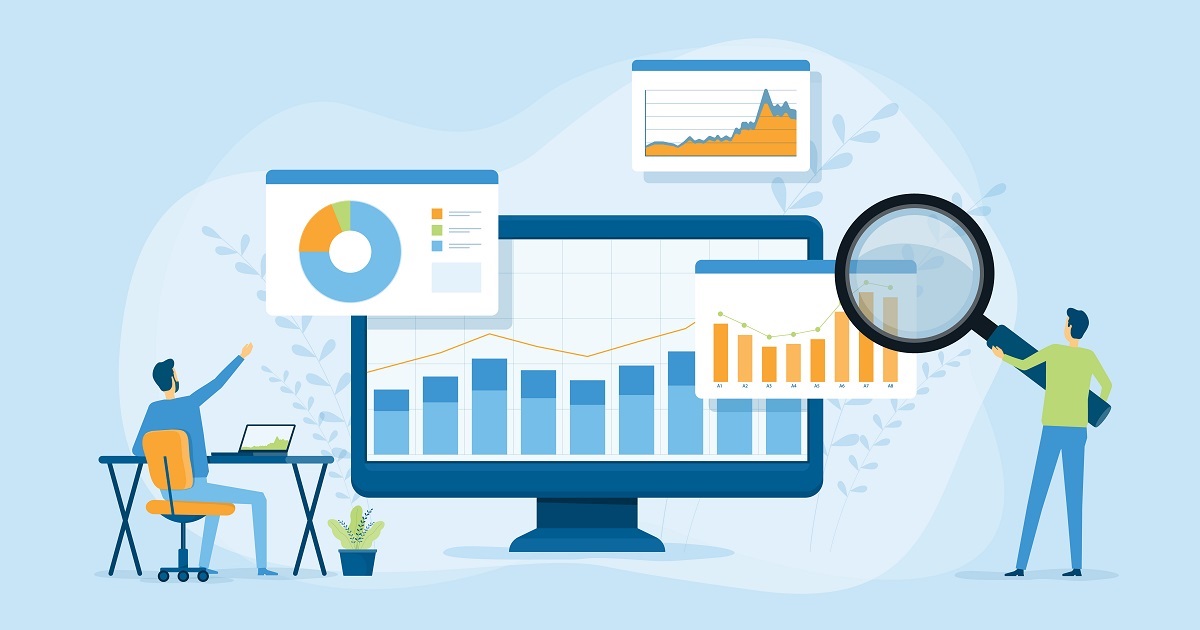
With the growing momentum of the Internet of Things (IoT), many businesses and industries are embracing it as a means to enhance their operations. Lorawan, a wireless communication protocol specifically designed for IoT devices, is gaining popularity due to its long-range, low-power capabilities. However, in order to fully realize the potential of Lorawan, it needs to be integrated with cloud platforms. Integrating Lorawan gateways with cloud platforms can provide several benefits such as remote management, improved data analytics, and increased data security. This blog will provide a complete guide to integrating Lorawan gateways with cloud platforms.
Understanding Lorawan Gateways
A Lorawan gateway is a device that receives signals from Lorawan nodes and relays them to a central server or cloud platform. It acts as a bridge between the nodes and the cloud, ensuring that the data is transmitted securely and efficiently. Lorawan gateways are available in various types, such as single-channel, multi-channel, and outdoor gateways. The choice of gateway depends on the specific use case and requirements.
Cloud Platforms for Lorawan Integration
Cloud platforms are essential for integrating Lorawan gateways into a network. Cloud platforms provide the necessary data storage, processing, and analysis infrastructure and services. The three main cloud platforms for Lorawan integration are Amazon Web Services (AWS) IoT, Microsoft Azure IoT, and Google Cloud IoT. AWS IoT provides a secure and scalable platform for IoT devices, Azure IoT offers a fully managed IoT solution with integrated analytics, and Google Cloud IoT provides a flexible and reliable platform for IoT applications.
Integrating Lorawan Gateways with Cloud Platforms
Integrating Lorawan gateways with cloud platforms involves several steps, such as configuring the gateway, setting up the cloud platform, and connecting the two. The steps may vary depending on the gateway and cloud platform used. It is important to follow best practices for integration to ensure that the process is successful. Some best practices include ensuring that the gateway is compatible with the cloud platform, configuring the gateway and cloud platform correctly, and testing the integration thoroughly.
Benefits of Integrating Lorawan Gateways with Cloud Platforms
Integrating Lorawan gateways with cloud platforms provides several benefits. Firstly, it increases data security by encrypting the data transmitted between the nodes and the cloud. This ensures that the data is protected from unauthorized access or tampering. Secondly, it enables remote monitoring and management of the Lorawan network. This means that businesses can monitor and manage their Lorawan network from anywhere, at any time. Thirdly, it allows for scalability, as businesses can add or remove Lorawan nodes as needed. Fourthly, it provides improved data analytics, as the cloud platform can process and analyze the data in real-time. Finally, it is cost-efficient, as businesses do not need to invest in expensive on-premises infrastructure.
Case Studies
There are several case studies that demonstrate the benefits of integrating Lorawan gateways with cloud platforms. One such case study involves a company that produces sensors for monitoring water quality. By integrating their Lorawan gateways with AWS IoT, they were able to remotely monitor and manage their sensors, as well as analyze the data in real-time. This allowed them to identify potential issues with water quality before they became major problems, and ultimately improve the quality of water in the region.
Conclusion
Integrating Lorawan gateways with cloud platforms is essential for businesses and industries that want to fully leverage the capabilities of Lorawan. It provides several benefits such as increased data security, remote monitoring and management, scalability, improved data analytics, and cost efficiency. By following best practices for integration, businesses can ensure that the process is successful and enjoy the benefits that Lorawan and cloud platforms have to offer.
FAQs
Q: What is the difference between a Lorawan Gateway and a Lorawan Node?
A Lorawan gateway is a device that receives signals from Lorawan nodes and relays them to a central server or cloud platform. A Lorawan node, on the other hand, is a device that sends data to the gateway. Nodes are typically battery-powered and transmit data at low power, while gateways are usually mains-powered and have a longer range.
Q: Do all Lorawan Gateways work with all Cloud Platforms?
No, not all Lorawan gateways are compatible with all cloud platforms. It is important to ensure that the gateway is compatible with the cloud platform being used before attempting to integrate the two.
Q: Can Lorawan Gateways be integrated with on-premises servers instead of cloud platforms?
Yes, Lorawan gateways can be integrated with on-premises servers. However, integrating with cloud platforms offers several advantages such as scalability, improved data analytics, and cost efficiency.
Q: How secure is the data transmitted through Lorawan Gateways to Cloud Platforms?
Advanced security protocols are used to encrypt the data sent via Lorawan gateways to cloud platforms, which guarantees protection against unauthorized access or tampering.
Q: Can multiple Lorawan Gateways be integrated with a single Cloud Platform instance?
A: Yes, multiple Lorawan gateways can be integrated with a single cloud platform instance. This allows for scalability and efficient management of the Lorawan network.









Comments